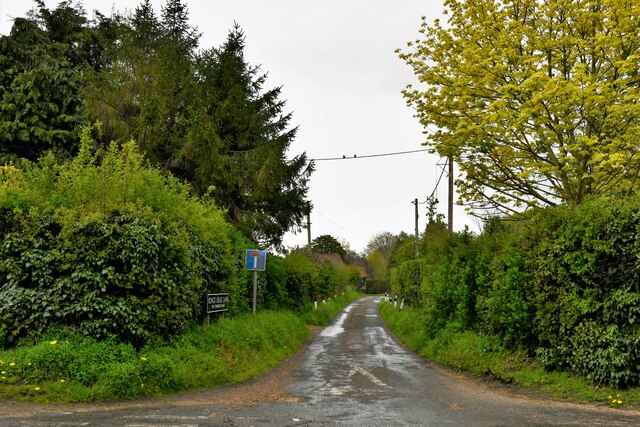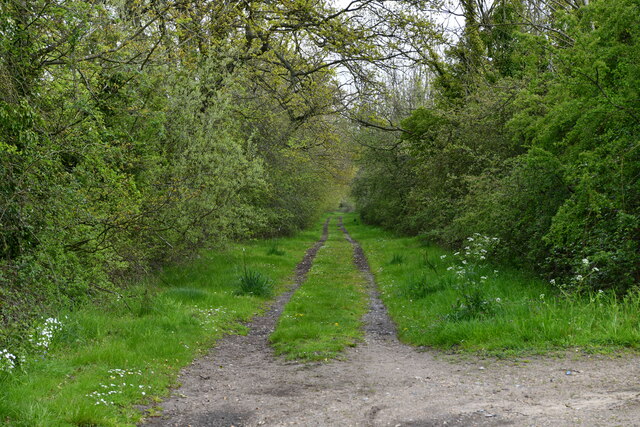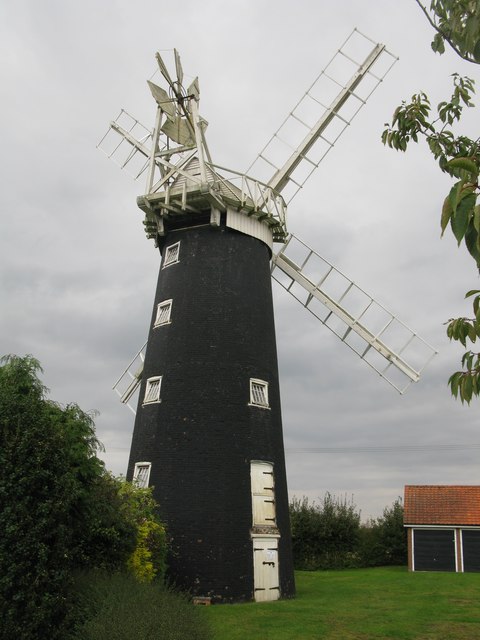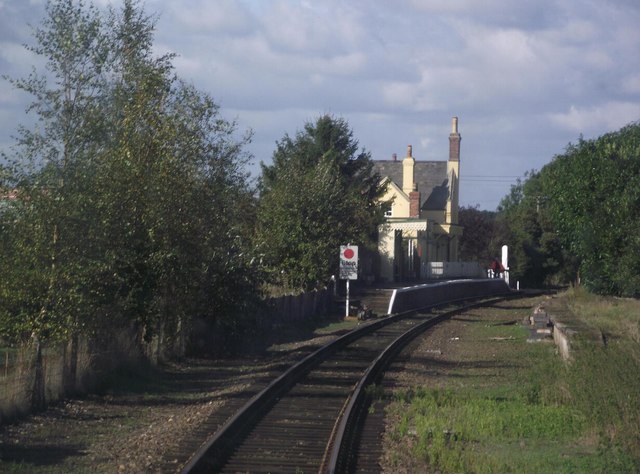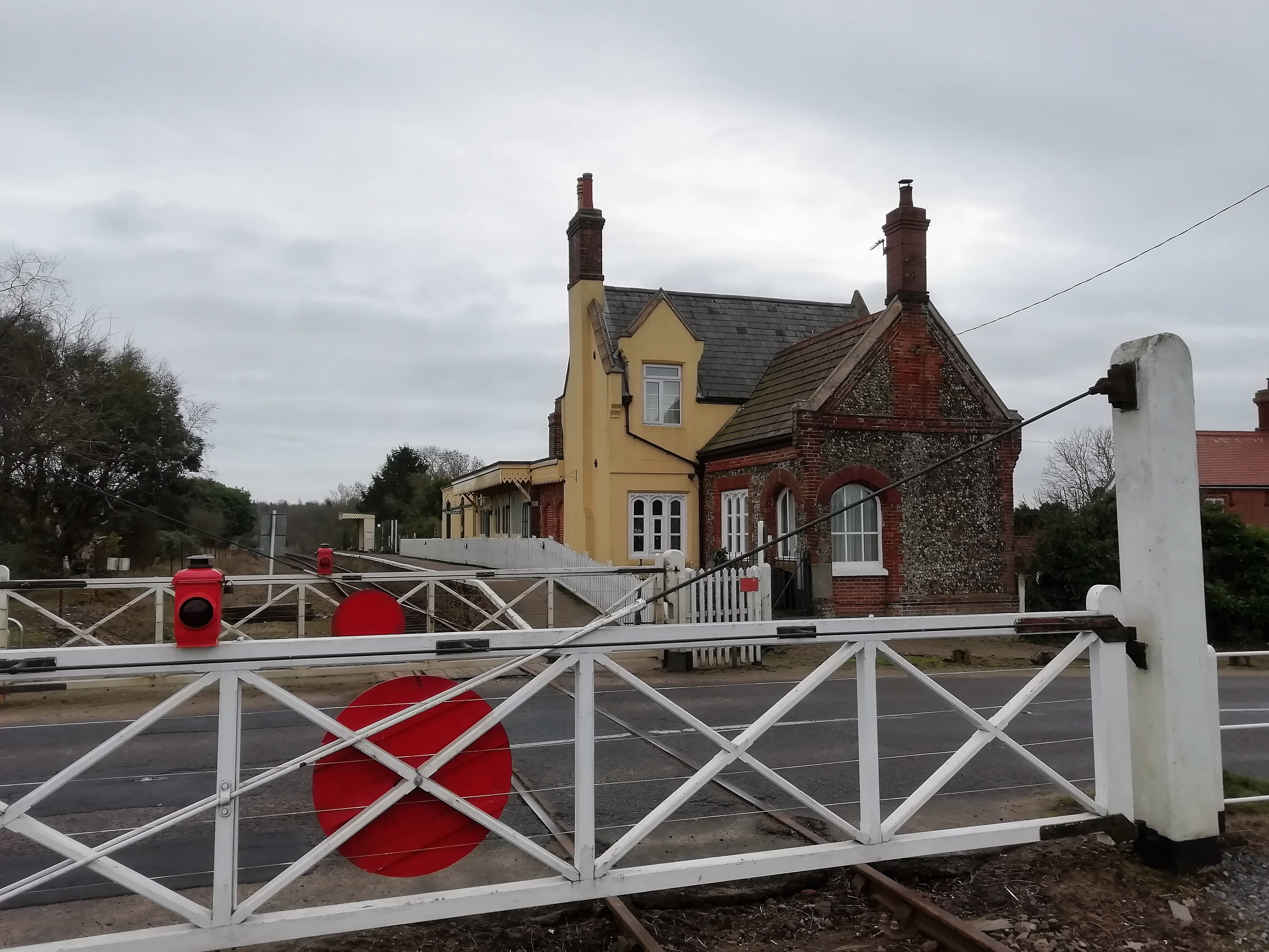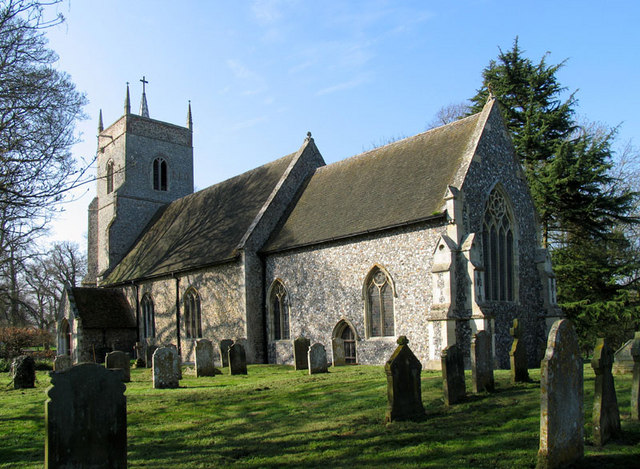Warren Plantation
Wood, Forest in Norfolk South Norfolk
England
Warren Plantation

Warren Plantation, located in Norfolk, is a remarkable wood and forest area that spans across a vast expanse, offering visitors an enchanting experience with its captivating natural beauty. With a rich history dating back centuries, the plantation is known for its diverse array of plant and animal species, making it a haven for nature enthusiasts and researchers alike.
Covering an area of approximately 500 acres, Warren Plantation boasts a variety of tree species, including oak, beech, and pine, which contribute to its lush and verdant landscape. The forest floor is adorned with a vibrant carpet of wildflowers, adding splashes of color to the already picturesque scenery. The plantation is also home to an abundance of wildlife, such as deer, foxes, rabbits, and various bird species, providing ample opportunities for wildlife spotting and birdwatching.
The plantation offers visitors a network of well-maintained walking trails, allowing them to explore the vast woodland and immerse themselves in its tranquil ambiance. These trails wind through the forest, leading visitors to hidden groves, peaceful ponds, and breathtaking viewpoints, offering a chance to appreciate the natural beauty from different perspectives.
Warren Plantation is not only a sanctuary for flora and fauna but also serves as an important site for ecological research and conservation efforts. Scientists and researchers visit the plantation to study the diverse ecosystem and gain insights into the delicate balance of nature.
Overall, Warren Plantation in Norfolk provides a serene and awe-inspiring escape into nature, offering visitors a chance to connect with the natural world and appreciate the wonders of the forest environment.
If you have any feedback on the listing, please let us know in the comments section below.
Warren Plantation Images
Images are sourced within 2km of 52.587762/1.0642115 or Grid Reference TG0703. Thanks to Geograph Open Source API. All images are credited.
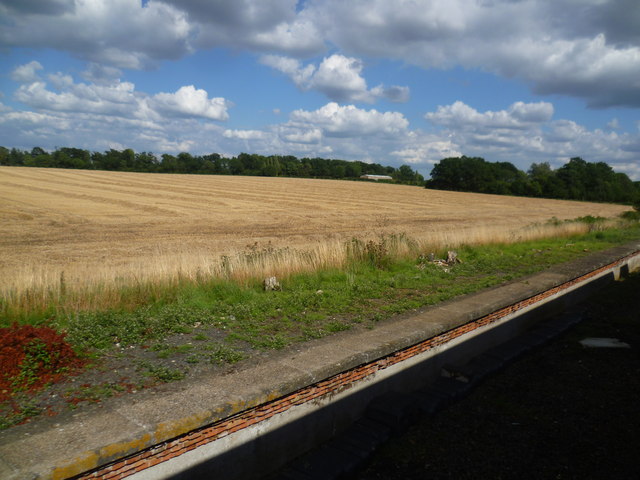
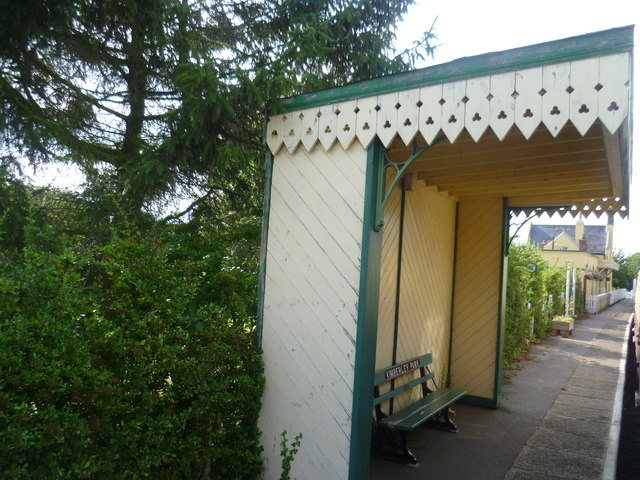
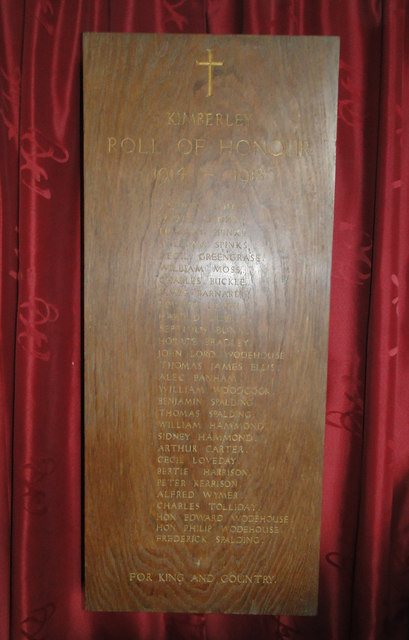
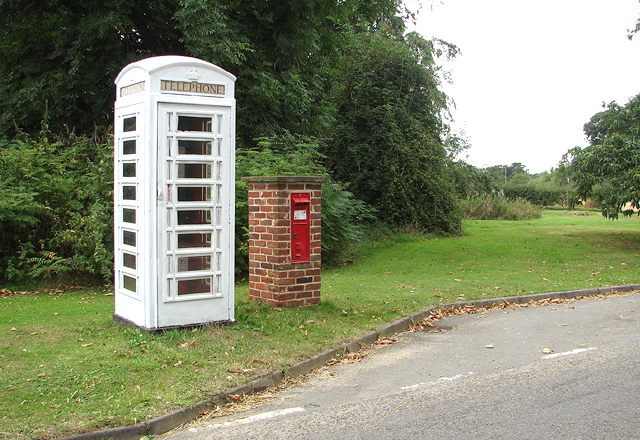
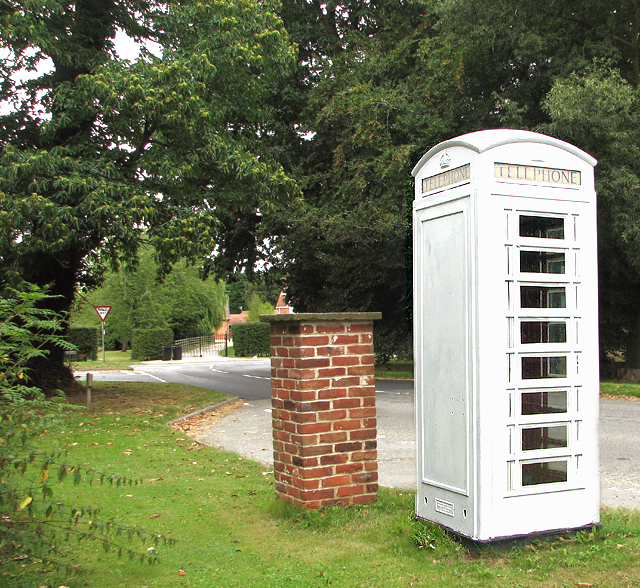
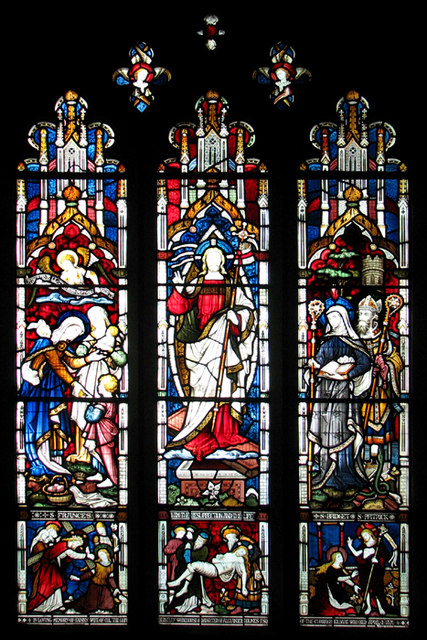
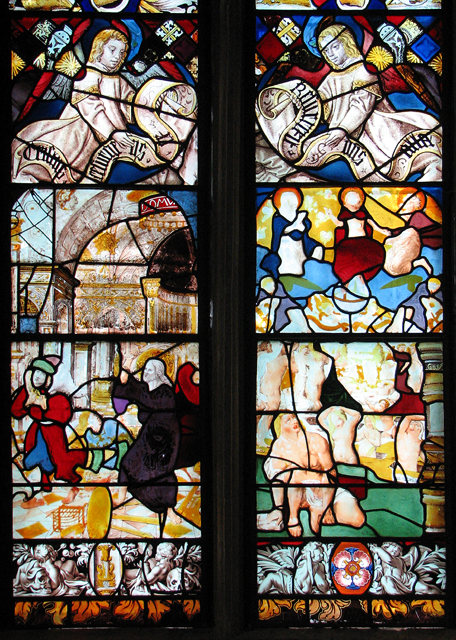
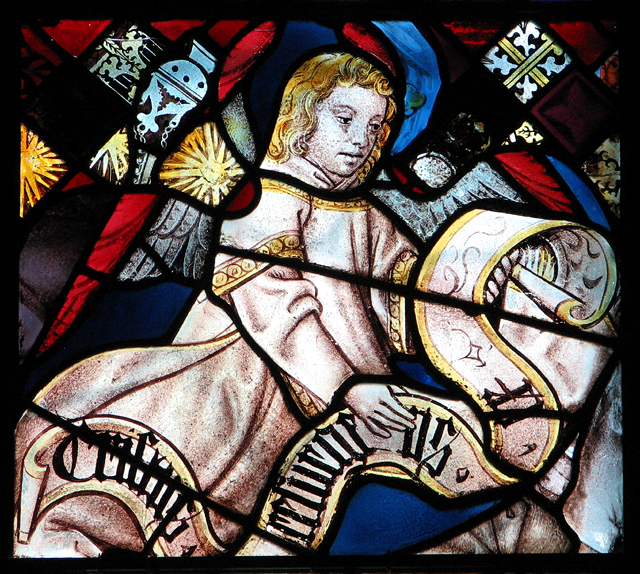
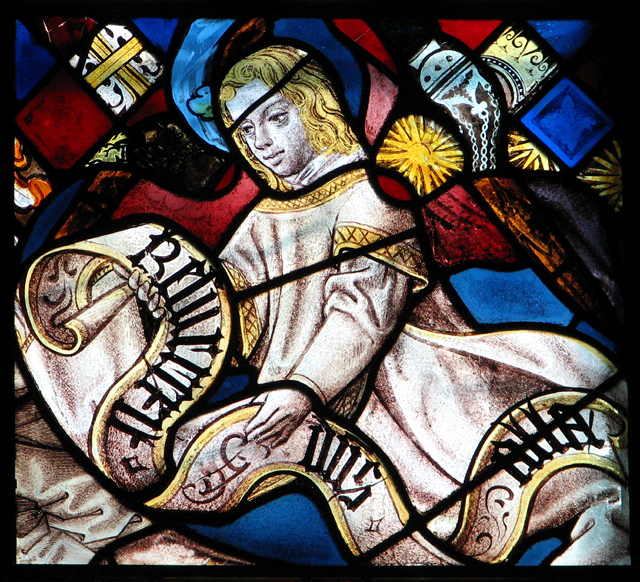

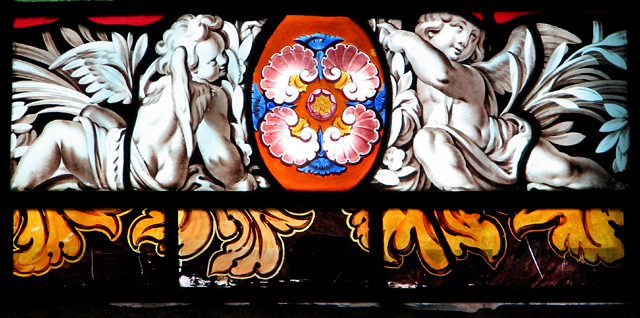
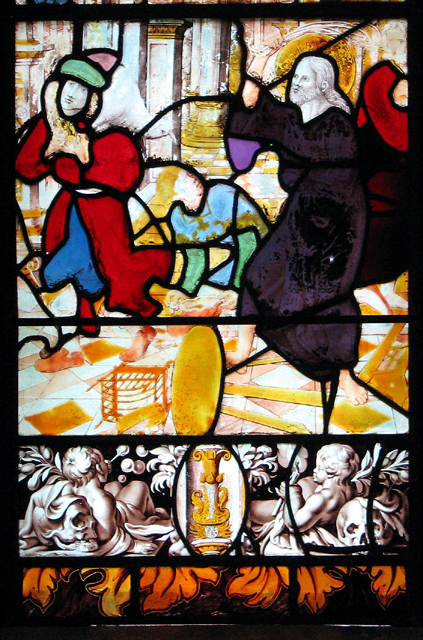
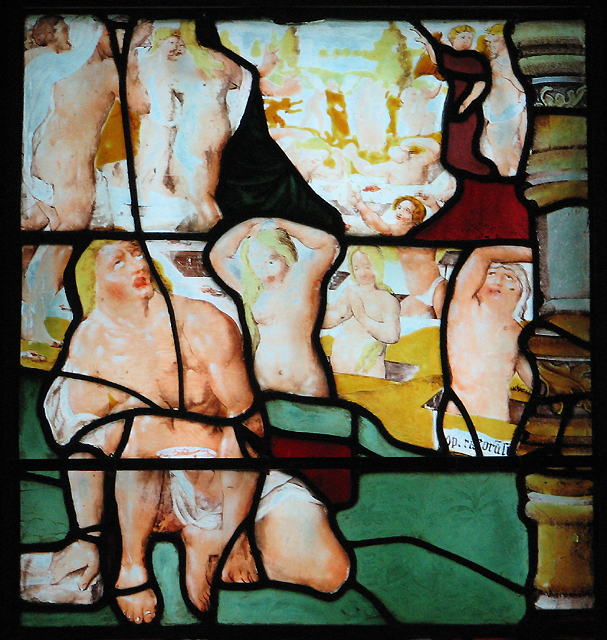
Warren Plantation is located at Grid Ref: TG0703 (Lat: 52.587762, Lng: 1.0642115)
Administrative County: Norfolk
District: South Norfolk
Police Authority: Norfolk
What 3 Words
///inhabited.builders.gurgling. Near Hingham, Norfolk
Nearby Locations
Related Wikis
Wicklewood
Wicklewood is a village and civil parish in the South Norfolk district of Norfolk, England. It is located 11 miles (18 km) west of Norwich next to the...
Kimberley Park railway station
Kimberley Park railway station is a railway station in the village of Kimberley in the English county of Norfolk. == History == The Wymondham-Dereham branch...
Kimberley, Norfolk
Kimberley is a village and civil parish in the South Norfolk district, in the county of Norfolk, England, situated about 3 miles (4.8 km) north-west of...
Wicklewood Roman Temple
Wicklewood Roman Temple is the site of a Romano-Celtic temple near Wicklewood and about 1.5 miles (2.4 km) north-west of Wymondham, in Norfolk, England...
Nearby Amenities
Located within 500m of 52.587762,1.0642115Have you been to Warren Plantation?
Leave your review of Warren Plantation below (or comments, questions and feedback).
